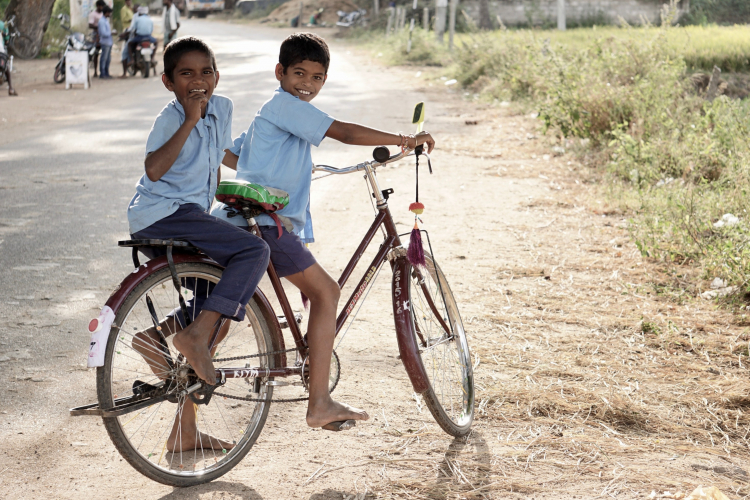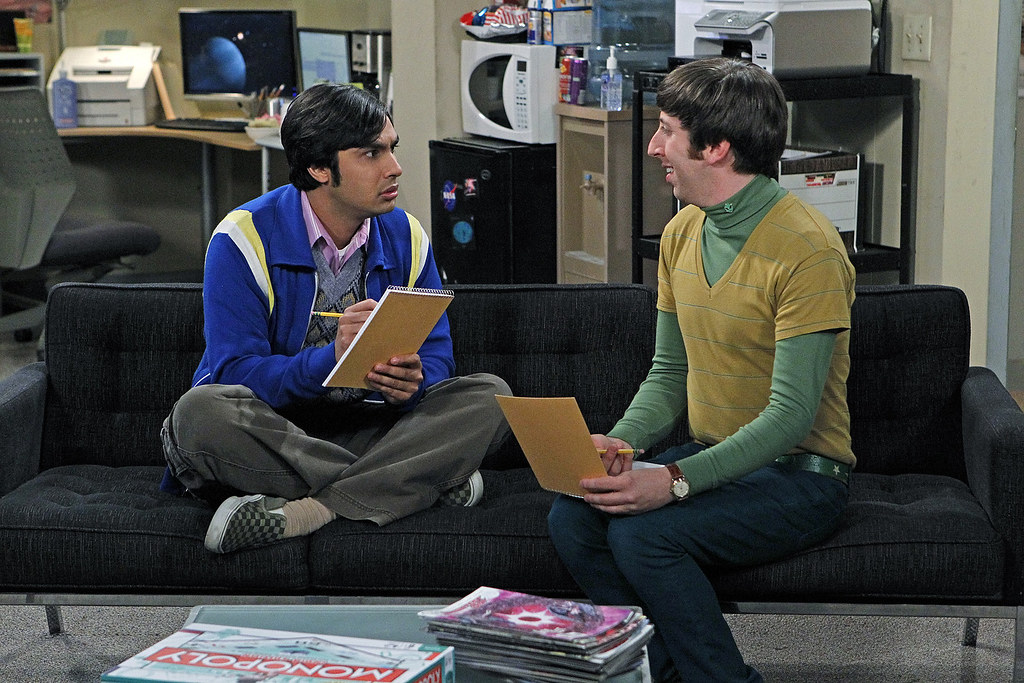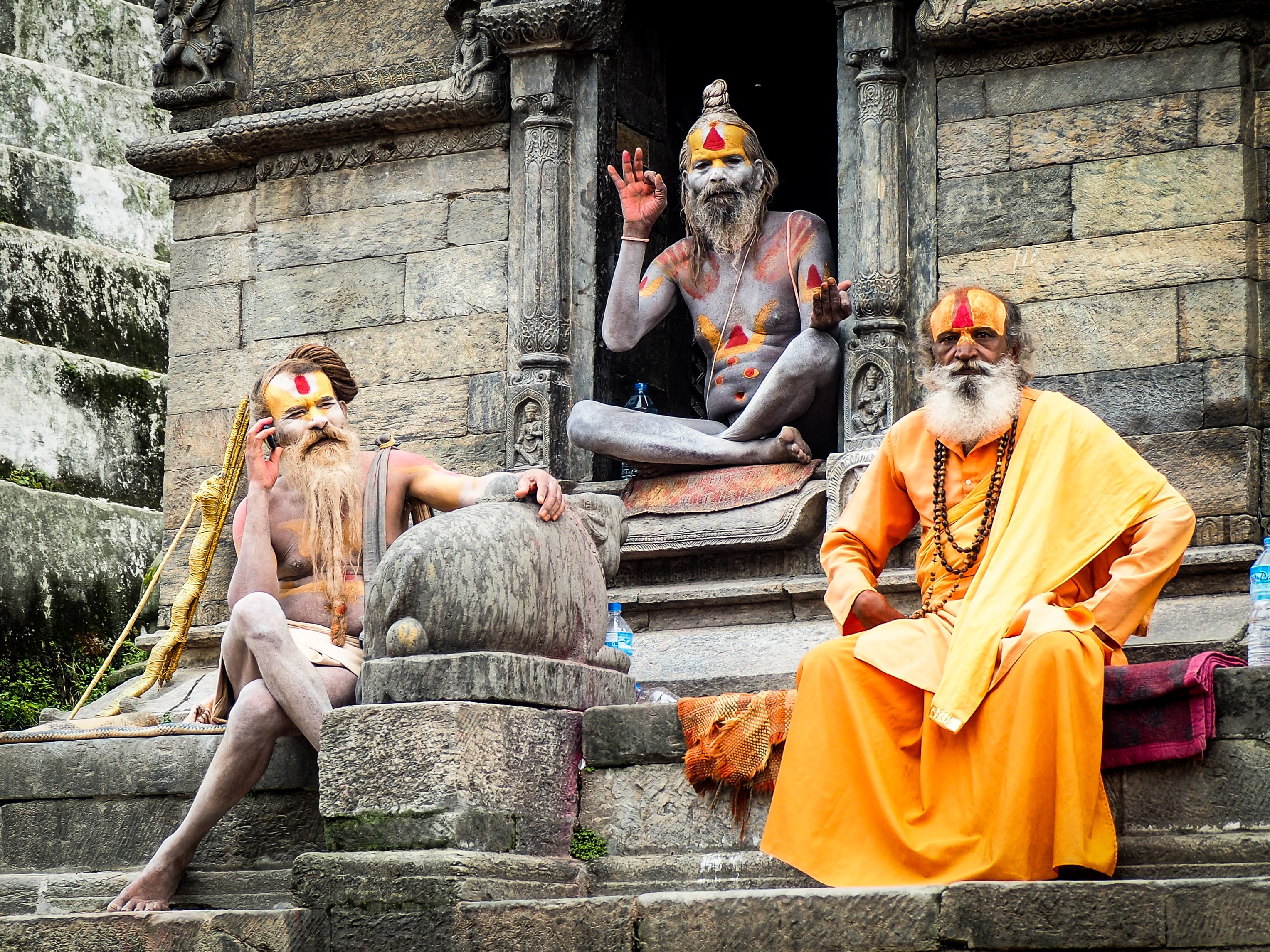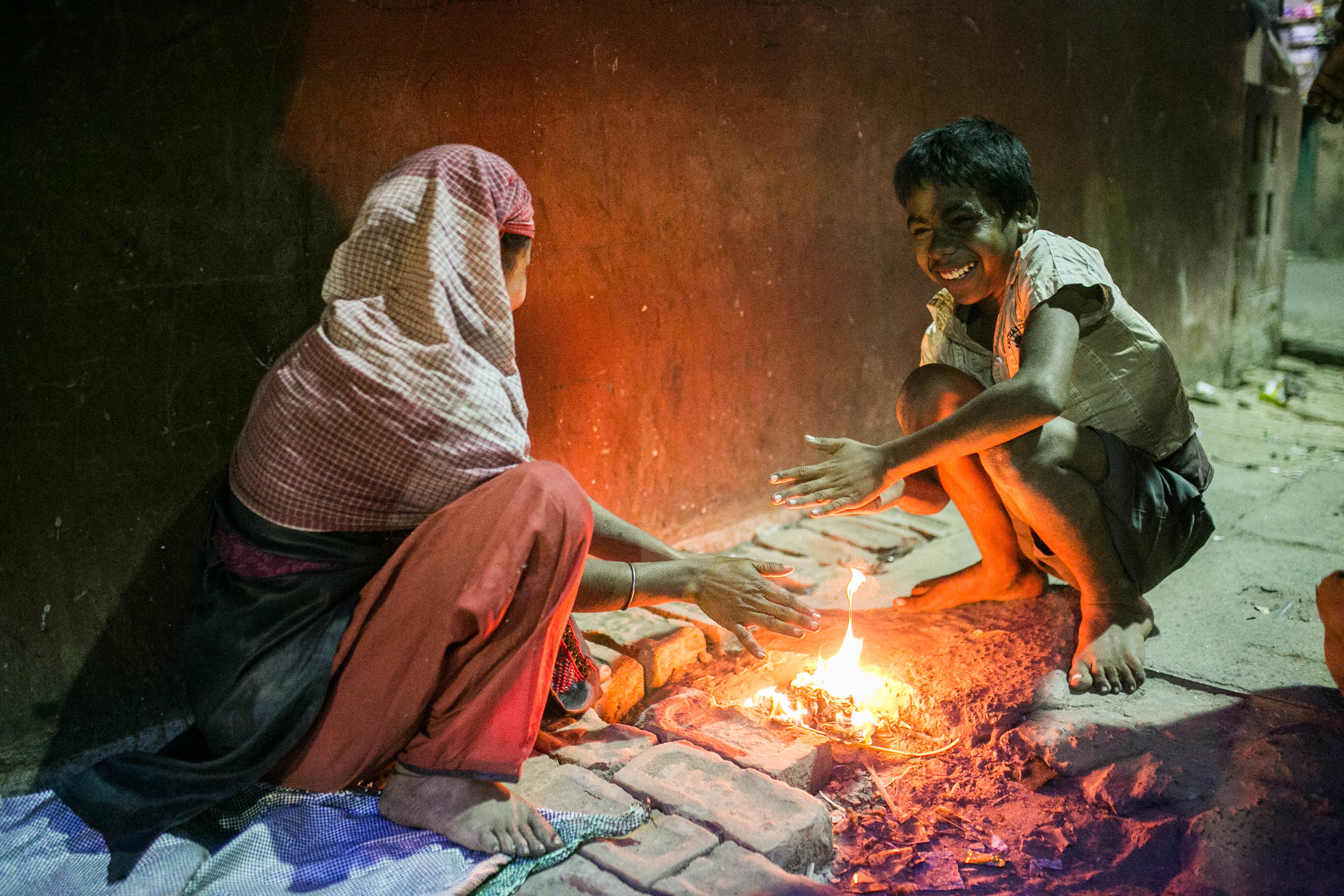The Brown Sheep

You see us everywhere. You will most likely find us in your favorite tv shows and movies as the 'exotic' side character with an over-exaggerated accent and broken vocabulary, however, as a writer with The Peacock Plume, an English tutor with The Writing Lab, and a fellow Indian, I can confirm that these archaic and degrading stereotypes are far from the truth. While these fictional Indian characters give you a good laugh and add little to the plot, they have subconsciously shaped an entire generation's view of my culture. And if the west isn't mocking us, they're most likely highlighting their other favorite aspect of my country, the poverty. Many Indians have referred to the West's romanticism of poverty in India and their struggles as 'Oscar bait', and unfortunately, there are occasions when I do agree.
Characters like Apu from 'The Simpsons' and Rajesh Koothrappali, better known as 'Raj' from 'The Big Bang Theory' are two prime examples of the stereotypes Indian characters fit into in Western media. Whether you have noticed it or not, Apu was the only character of color on 'The Simpsons', so if it wasn't the tacky accent, it was most definitely the color of the character that made him stand out. Not surprisingly, however, this character was offensive to Indians all over the world, especially Indian Americans. To make matters worse, Apu's character was voiced by Hank Azaria, and as comedian Hari Kondabolu said, to us, it feels like "a white guy doing an impression of a white guy making fun of my father.” But like I said, we do have range, and if we are not playing the dim-witted, convenience store owner, we are probably the science/math geek.
Image Credit: James Webb Space Telescope/ Creative CommonsOne of the most popular examples would be 'Raj' from 'The Big Bang Theory'. While he is portrayed to be this intelligent astrophysicist, the writers of the show could not seem to get past him being anything more than a caricature with the aforementioned accent, and hardly any scope for character development or background stories. Moreover, in my opinion, a character disliking Indian food, and their culture is simply the writer's dodging researching the character properly. Therefore, while Raj adds comic relief to the show with his stern parents and jokes about how Indian food causes diarrhea, we do not really move past those elements in terms of character development.
Cults classics like "Indiana Jones and the Temple of Doom", or the spiritual journey's in the last quarter of "Eat, Pray, Love", paint India to be a country filled with mysticism, exoticism, and superstition. The infamous "Indiana Jones" film set in India, wasn't even filmed in the country. Instead, all you see are shots of Sri Lanka, Macau, and the insides of studios and sets in England. It is not uncommon to hear of people traveling to India from all over the world "to find themselves." While the country is rather religious and the majority of the population are strong believers in spirituality, it is important to note that not all Indians are blind worshippers of bearded mystics and gurus.
Image Credit: Fares Nimri/ UnsplashWhile India is undoubtedly a country with social inequality and poverty, that is not all we have to offer. While certain films, like Garth Davis' 'Lion', have managed to show India's poverty in a more realistic and empathetic light, the majority of Hollywood films in the past have romanticized poverty. While 'Slumdog Millionaire' was one of India's first introductions to the Western film industry, the film, unfortunately, shaped the mold for portrayals of the country and its people in the global mainstream media. It is favored to show India as this backward nation with no modern infrastructure and half-naked children. While we may find Indian directors doing the same, they however give the audience context and specify that this is one particular area and not a generalization of what the entire country looks like. More interestingly, the white savior narrative never seems to get old. Films like 'Lion' and 'Million Dollar Arm' are beloved but once again depict white characters turning the fates of poor Indians. I would truly appreciate it if more narratives depicting portrayals of self-independent Indian characters who can make it on their own make it to the big screens.
Image Credit: Martin Jernberg/ UnsplashIn conclusion, we have more recently seen Indians like Hassan Minhaj, Mindy Kaling, Dev Patel, and Aziz Ansari as Indian-origin American and British actors with more nuanced and multi-layered roles however, the aim of this article was to bring light to the fact that Indian characters and portrayals of Indians should be more diverse and break the current stereotypes. And yes, while India has one of Asia’s biggest slums in Dharavi, Mumbai that does not mean that all of us live in them, so when Hollywood directors choose to film in India I hope to see more coverage of the big bustling cities rather than the slums which need to be portrayed in a more empathetic light. We're tired of being the desexualized dorky science geeks and we're definitely overseeing wide shots of the Indian slums in every Hollywood movie that references the country. Let's hope for films portraying India the way I know it for its rich culture, colorful festivals, delicious food, and beautiful people.










